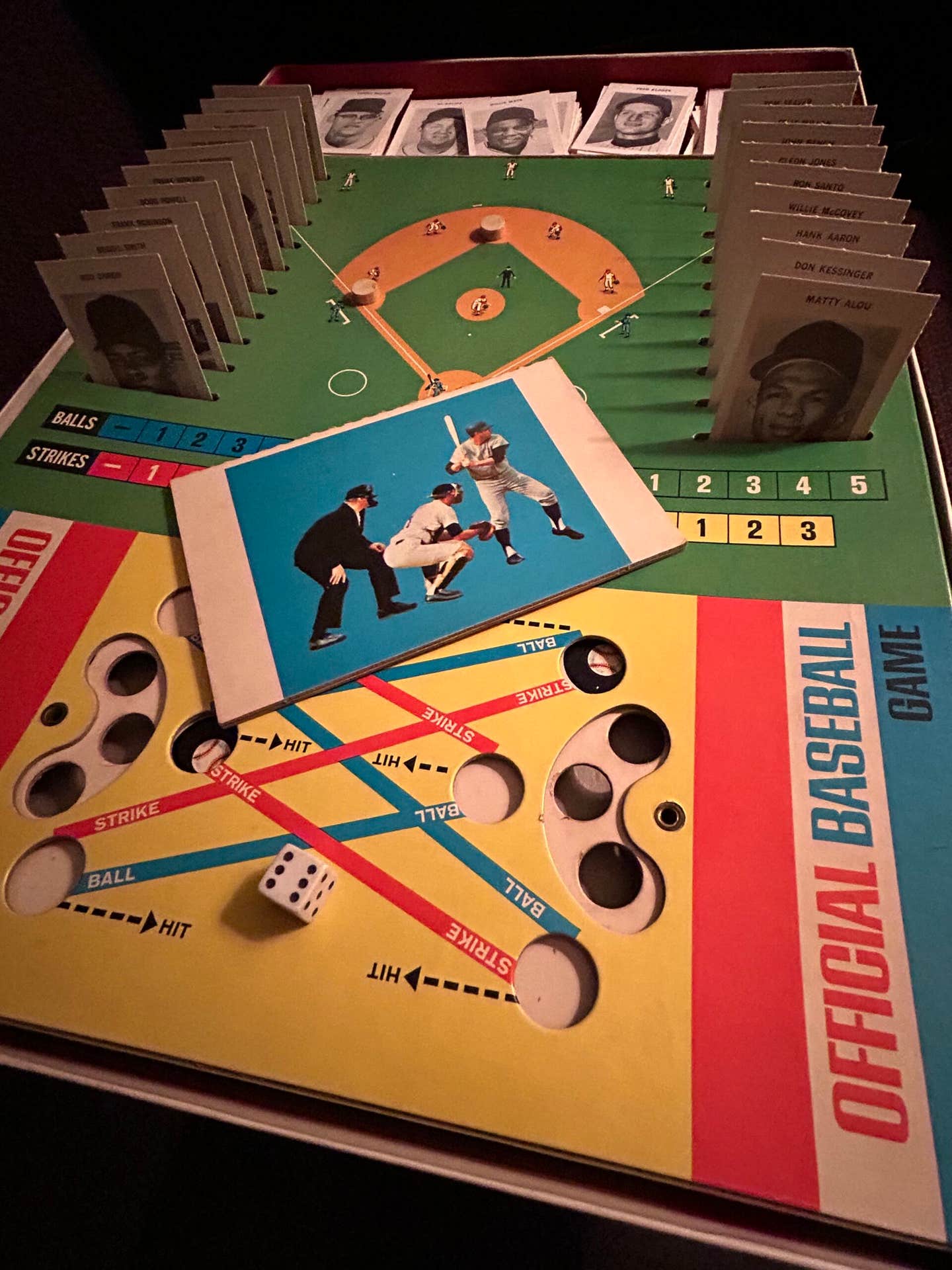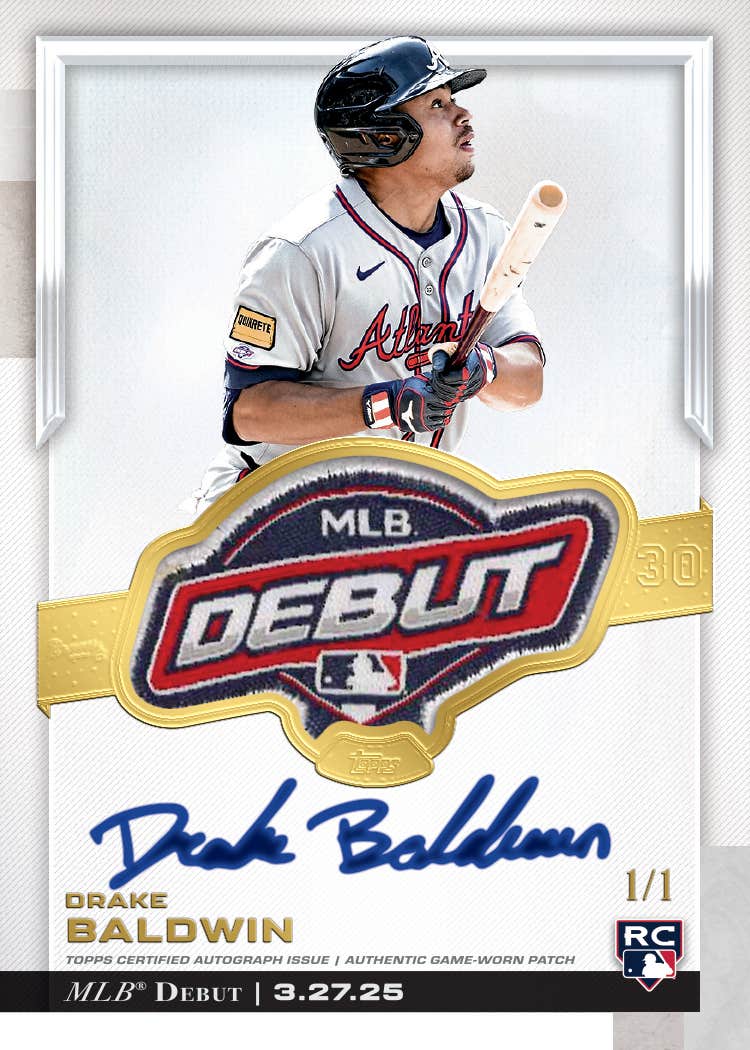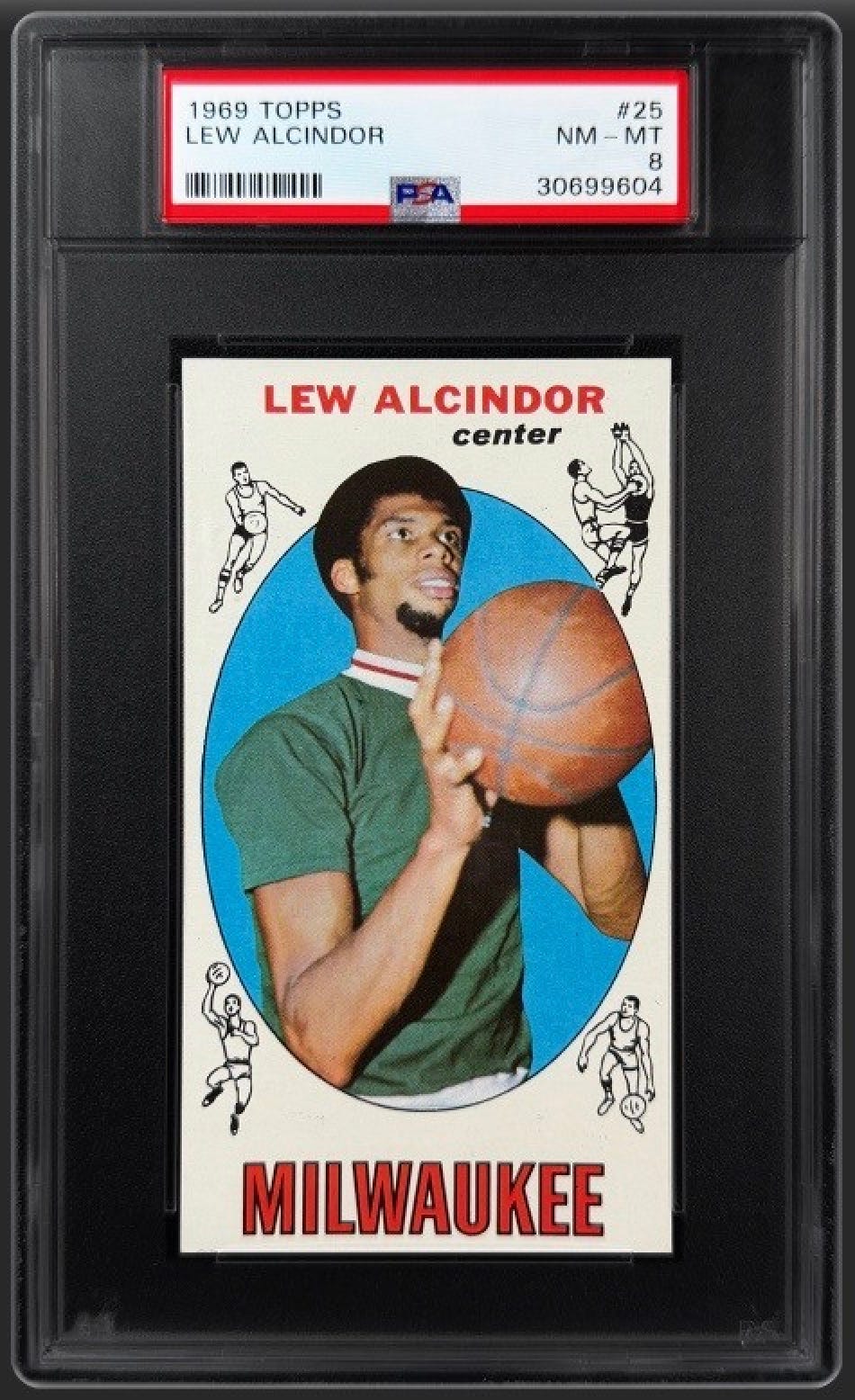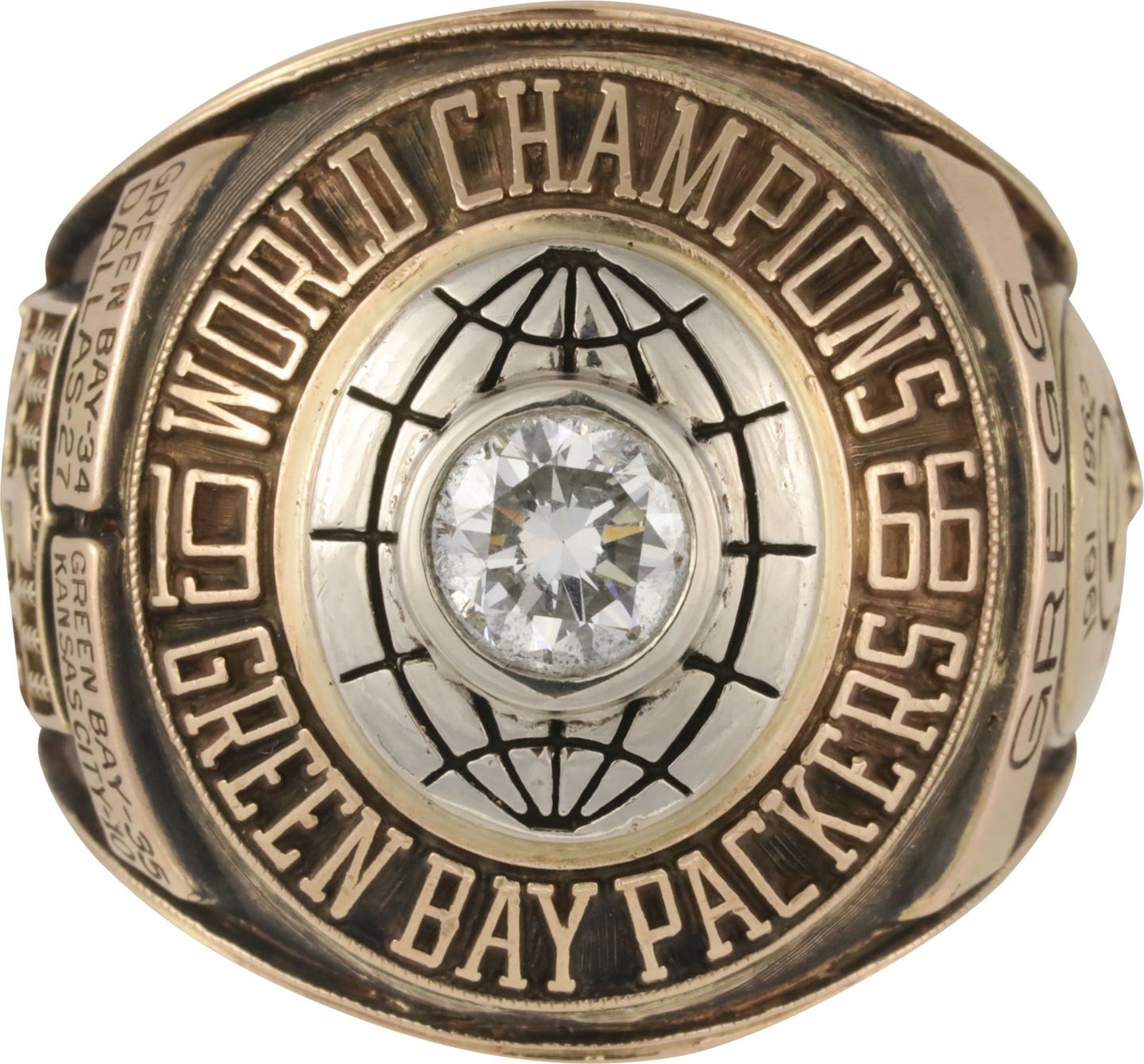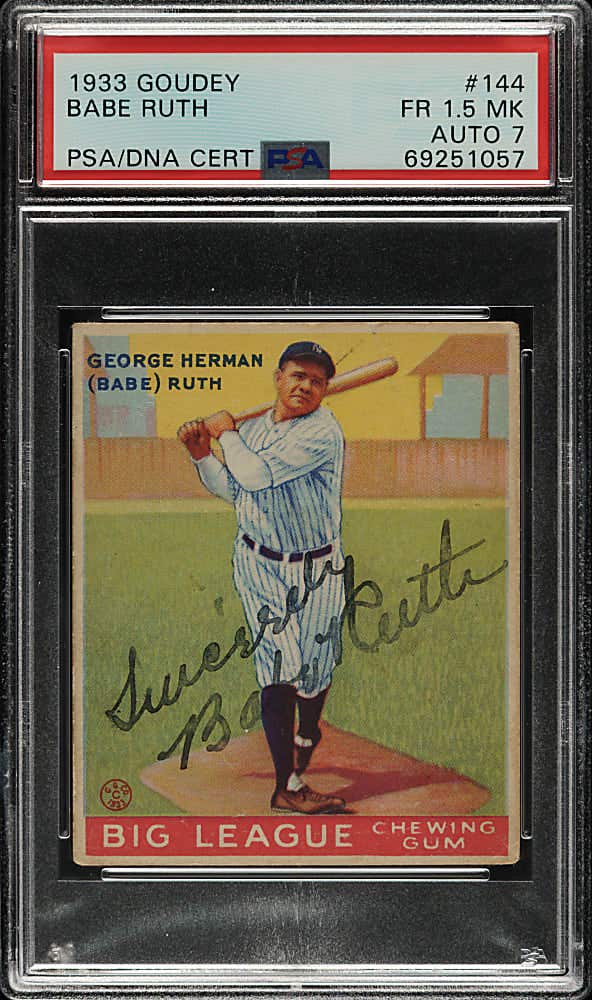Featured
Candy and Cards: 1971 Milk Duds Offered More Than Just Sweet Relief
By Gary Ferguson
Chicago has a rich history in the candy business. At one time, a third of all the candy made in the nation came out of Chicago. The Windy City was at the middle of the nation’s agricultural production, providing necessary ingredients such as milk and corn syrup for making candy. A high population of immigrants brought candy making expertise from old Europe. The Chicago climate, with extended winter months, was perfect for making candy in the days prior to air conditioning and refrigeration. All these factors made Chicago a prime location for candy production.
The list of Chicago candy makers is impressive. Frank Mars introduced Snickers, the best-selling candy bar in the U.S., along with Three Musketeers, after moving to Chicago in 1929. Fererra Pan Candy Co. created Red Hots, Atomic Fire Balls and Boston Baked Beans. H. Teller Archibald produced candy under the “Fannie May” name. Emile Brach and William Wrigley Jr. started making candy and gum at the turn of the century. Gustav Goelitz produced the original “candy corn.” Williamson Candy Co. introduced the O’Henry candy bar, and Blommer Chocolate became the largest wholesale chocolate manufacturer in the U.S.
Another early Chicago candy manufacturer was the Curtiss Candy Co. formed by Otto Schnering. He named the company after his mother, the former Helen Curtiss. Curtiss Candy Co. created the Baby Ruth candy bar in 1920, and later Butterfinger. Schnering claimed the Baby Ruth candy bar was named for the daughter of President Grover Cleveland, not Babe Ruth. However, many people felt he was profiting off the name of a rising icon in America, while avoiding being sued for royalties, given the fact that President Cleveland had left the White House more than 20 years earlier in 1897, and Ruth Cleveland had died in 1904 at age 12.
Of interest is that another candy company did market a Babe Ruth candy bar with the approval of Babe Ruth himself, only to be sued and successfully forced to halt production by the Curtiss Candy Co. due to the similarity in names.
Chicago is also the place of origin for Cracker Jacks. A Chicago native invented a combination popcorn popper and peanut roaster on a street cart. Two brothers of German descent, Lewis and Frederick William, bought a cart and started experimenting with a molasses coating for creating a mixture of popcorn and peanuts. A salesman, upon sampling the mixture, declared “it’s a cracker jack,” and a name was born. Cracker Jacks was later immortalized in the song, “Take Me Out To The Ballgame.” Jack Norworth, while riding a subway train in 1908, was inspired to pen the words upon seeing a sign advertising “Baseball Today – Polo Grounds.” Cracker Jacks had been introduced at MLB parks a year earlier.
Ironically, Norworth did not see his first major league ballgame until 1940. And as collectors know, baseball cards were inserted in boxes of Cracker Jacks in 1914, and repeated the following year. The 1915 Cracker Jack cards were offered through the mail, as well as the boxes, whereas the 1914 cards were available only in the individual boxes. These Cracker Jack cards have become highly prized among collectors.
Eschewing soap for candy
Amongst all this candy heaven, F. Hoffman & Co. started experimenting in 1926 with a round, caramel candy surrounded by milk chocolate. They also created another product by flattening the caramel and placing it on a stick, which came to be known as Slo-Poke.
Milton Holloway was born in Chicago in 1896. His father was the president of a Chicago soap manufacturer, but young Milton had no interest in the soap business.
In 1920, he talked his dad into lending him $1,200 to purchase a small candy company. He started producing a nut roll called Sweet-16. In 1928, Holloway purchased the F. Hoffman & Co. Described by his son as a “feisty, gutsy little guy,” Milton Holloway attempted to manufacture perfectly round caramels in milk chocolate. However, due to machine limitations, only irregular pieces could be manufactured. He could not achieve a perfectly round candy. One employee termed the irregular pieces “duds,” and the name “Milk Duds” was born.
In 1929, Holloway moved to a new building at 308 W. Ontario Street, where Milk Duds continued to be made for more than 60 years. With the Great Depression, going to the movies became the pastime for many to escape the reality of the situation. The candy of choice at the movie houses was that imperfectly “round” caramel wrapped in milk chocolate. Business at Ontario Street was booming at a time of hardship within our country.
Milton Holloway continued to make candy at Ontario Street throughout the 1940s and the 1950s. In 1960, with no succeeding family interest in maintaining the business, he sold his company for $1.25 million to Beatrice Foods Co. The father of the original Milk Duds, Milton Holloway died in 1972 at the age 76.
Boosting sales of Duds
In 1970, Beatrice Foods was looking for ways to increase sales of its Milk Duds among children, who were increasingly purchasing candy bars instead. A decision was made to place pictures of major league players on the boxes of Milk Duds through a licensing agreement with MLBPA.
In 1971, Milk Duds became “The Official Candy of Major League Baseball Players Association.” Sepia tone pictures of current Major League Baseball players against a tan background were offered on the backs of 3/4-ounce boxes of Milk Duds. These boxes were sold in stores for a nickel. Sixty-nine different players were featured in 24 groups of three. Pete Rose, Harmon Killebrew and Brooks Robinson were double-printed to fill out the balance of the set. Dick Bosman was to appear in the set, but a poor photo prevented his inclusion.
I suspect there were two other players who did not make the final cut, forcing the three double-prints. Each card included the players name and a line of recent accomplishment. The back of the cards were blank. I have been told that the Milk Duds came sealed in wax-paper bags or pouches, although others have disputed this. I suspect they came both ways, since I have seen boxes with product stain.
A set filled with stars and Cubs
The set consisted of 32 players from the American League and 37 players from the National League. A total of 20 future HOFers were represented, close to 30 percent of the set.
With Wrigley Field being in close proximity to the Holloway factory at W. Ontario Street, the Chicago Cubs were well represented. In fact, practically the entire 1970 Chicago Cub starting lineup is present: Jim Hickman at first base, Glenn Beckert at second, Don Kessinger at shortstop, Ron Santo at third base, Randy Hundley at catcher, Billy Williams in left field and Cub-favorite Ernie Banks in his last major league season. Starting pitchers are represented by Fergie Jenkins, Ken Holtzman and Milt Pappas. That represents 10 of the entire 37 players from the National League coming from one team! The only significant Cubs players not represented are recent addition right fielder Johnny Callison and pitcher Bill Hands.
Error cards
The set does consist of a few errors which were never corrected. Mel Stottlemyre was misspelled Mel Stottlemyer, Claude Osteen was misspelled Claud Osteen and hometown second baseman Glenn Beckert was misspelled Glen Beckert.
Of interest is the card of Milt Pappastediodis, otherwise known as Milt Pappas. Nicknamed “Gimpy,” he is shown in an Orioles cap. However, he last played for the Orioles in 1965 before being traded to the Cincinnati Reds for Frank Robinson in December of that year. Frank Robinson went on to win the Triple Crown in 1966, leading the Orioles to a World Series sweep of the Los Angeles Dodgers.
Needless to say, this did not make Pappas popular in Cincinnati. In 1968, Pappas was traded to the Atlanta Braves, where he pitched for several years before being traded to the Chicago Cubs on June 23, 1970. Apparently, it was too late to get his picture in a Cubs outfit, so the folks at Holloway dug up an old Orioles picture. This could be a record for years and teams removed before appearing on a baseball card!
Brock-endorsed
Beatrice Foods hired Lou Brock as a spokesperson for Milk Duds in its TV ads, showing “The Running Redbird” getting a base hit, catching a fly ball and stealing second base. What is his secret for stealing second base? According to the spot, Lou said as soon as the pitcher winds up, “I take off running like I’m going for the last box of Milk Duds in town.”
The Federal Trade Commission forced Beatrice Foods to stop the commercial, contending that the commercial implies that the consumption of Milk Duds “is linked to and necessary for the instilling, improving and maintaining of athletic ability and performance.” The implication is untrue, the FTC held, and Brock is not qualified as an expert to make such a claim.
Condition-sensitive issue
Condition of these boxes can be challenging. Due to the machines used to assemble the boxes, crimp marks and roller lines are common. Some allowance needs to be given for condition.
Occasionally, you do run across boxes that do not appear to have been subjected to the box assembly machines – these must have made their way out the back door instead.
Discoloration of white tabs can also occur over time. Fortunately, box form is fairly common since many collectors did not cut the cards from the boxes. Suspected claims of unopened boxes with original product are not any more valuable than empty boxes since anyone would be able to fold them back into boxes and add current Milk Duds. Anyway, just imagine what 40-year-old Milk Duds would taste like!
More rare than others
From a collecting standpoint, level of difficulty can vary. There seems to be certain boxes that are much more common than others. Even the double-print of Pete Rose can vary – the No. 1 box seems to be easier to find than the No. 2 box.
With three sets of 24 players, one could surmise that three sheets were produced in different quantities. However, no known sheets exist as proof of this.
Collectors of these boxes do know the more difficult boxes to find. Examples of tougher-to-find boxes include Rose, Johnny Bench, Thurman Munson, Lou Brock, Ernie Banks, Ron Santo, Tony Oliva, Bob Gibson, Tony Perez, Roberto Clemente, Harmon Killebrew and Hank Aaron.
Even with this being a national promotion, the numbers produced overall seems relatively small – were they available only in certain areas of the country? Any insight from fellow collectors would be appreciated.
Epilogue
As for the M.J. Holloway Co., Beatrice Foods sold the Milk Duds business to Leaf Inc. in 1986. Leaf was owned by the Huhtamaki Group, which was producing trading cards under the Donruss and later Leaf names. Huhtamaki had purchased Donruss from General Mills in 1983, but later sold Donruss to Pinnacle Brands in 1996.
In 1992, Leaf moved the production of Milk Duds from W. Ontario Street in Chicago to an existing Leaf production plant in Robinson, Ill., thus ending more than 60 years of Milk Dud production at Ontario Street.
In 1996, Leaf’s North American confectionery operation, including the Milk Duds product line, was acquired by Hershey Foods Corp., which still produces them today.
So the next time you take in a movie, don’t forget the Milk Duds – and who can forget the food issue from the summer of 1971?
Milk Duds Checklist
No. 1 Frank Howard –
Most Home Runs, A.L., 1970
Fritz Peterson – Won 20 Games, 1970
Pete Rose – Most Hits, N.L., 1970
No. 2 Johnny Bench –
Most Valuable Player, N.L., 1970
Rico Carty –
Won the N.L. Batting Title, 1970
Pete Rose – Most Hits, N.L. , 1970
No. 3 Ken Holtzman –
Pitched a No-Hit Game, Aug 19, 1969
Willie Mays – N.L. All-Star, 1970
Cesar Tovar – Most Doubles, A.L., 1970
No. 4 Willie Davis – 619 Lifetime R.B.I.’s
Harmon Killebrew –
Second in Home Runs, A.L., 1970
Felix Millan – N.L. All-Star, 1970
No. 5 Billy Grabarkewitz – N.L. All Star, 1970
Andy Messersmith – Pitcher, Cal. Angels
Thurman Munson –
A.L. Rookie of the Year, 1970
No. 6 Luis Aparicio – A.L. All Star, 1970
Lou Brock – .304 Batting Pct., 1970
Bill Melton – Inf., Chicago White Sox
No. 7 Ray Culp – Pitcher, Boston Red Sox
Willie McCovey –
Best Slugging Pct., N.L., 1970
Luke Walker – Pitcher, Pitt. Pirates
No. 8 Roberto Clemente – N.L. All Star, 1970
Jim Merritt – Won 20 Games in 1970
Claud Osteen – N.L. All Star, 1970
No. 9 Stan Bahnsen –
A.L. Rookie of the Year, 1968
Sam McDowell –
Most Strikeouts, A.L., 1970
Billy Williams – Most Hits, N.L., 1970
No. 10 Jim Hickman – N.L. All Star, 1970
Dave McNally – Won 24 Games in 1970
Tony Perez –
Second in Slugging Pct., N.L., 1970
No. 11 Hank Aaron – N.L. All Star, 1970
Glen Beckert – N.L. All Star, 1970
Ray Fosse – A.L. All Star, 1970
No. 12 Alex Johnson –
Won the A.L. Batting Title, 1970
Gaylord Perry – Won 23 Games in 1970
Wayne Simpson –
Second Best E.R.A., N.L., 1970
No. 13 Dave Johnson – A.L. All Star, 1970
George Scott – Inf., Boston Red Sox
Tom Seaver – Best E.R.A. and Most Strikeouts, N.L., 1970
No. 14 Bill Freehan – A.L. All Star, 1970
Bud Harrelson – N.L. All Star, 1970
Manny Sanguillen –
Third Best Batting Pct., N.L., 1970
No. 15 Bob Gibson –
Cy Young Award Winner, N.L., 1970
Rusty Staub – N.L. All Star, 1970
Roy White – A.L. All Star, 1970
No. 16 Jim Fregosi – A.L. All Star, 1970
Jim Hunter –
Pitched a No Hit Game, May 8, 1968
Mel Stottlemyer – A.L. All Star, 1970
No. 17 Tommy Harper – Inf., Milwaukee Brewers
Reggie Smith – .303 Hitting Pct., 1970
Frank Robinson – A.L. All Star, 1970
No. 18 Orlando Cepeda –
Most Valuable Player, N.L., 1967
Rico Petrocelli – Inf., Boston Red Sox
Brooks Robinson – Most Valuable Player in the 1970 World Series
No. 19 Tony Oliva – Most Hits, A.L., 1970
Milt Pappas – 168 Lifetime Victories
Bobby Tolan –
Most Stolen Bases, N.L., 1970
No. 20 Ernie Banks – 509 Lifetime Home Runs
Don Kessinger – N.L. All Star, 1970
Joe Torre –
Second in Hitting Pct., N.L., 1970
No. 21 Fergie Jenkins – Won 22 Games, 1970
Jim Palmer –
Second Best E.R.A., A.L., 1970
Ron Santo – 1,051 Lifetime R.B.I.’s
No. 22 Randy Hundley – Catcher, Chicago Cubs
Dennis Menke – N.L. All Star, 1970
Boog Powell –
Most Valuable Player, A.L., 1970
No. 23 Dick Dietz – N.L. All Star, 1970
Tommy John –
Pitcher, Chicago White Sox
Brooks Robinson –
MVP in the 1970 World Series
No. 24 Danny Cater – Inf., N.Y. Yankees
Harmon Killebrew –
Second in Home Runs, A.L., 1970
Jim Perry –
Cy Young Award Winner, 1970



